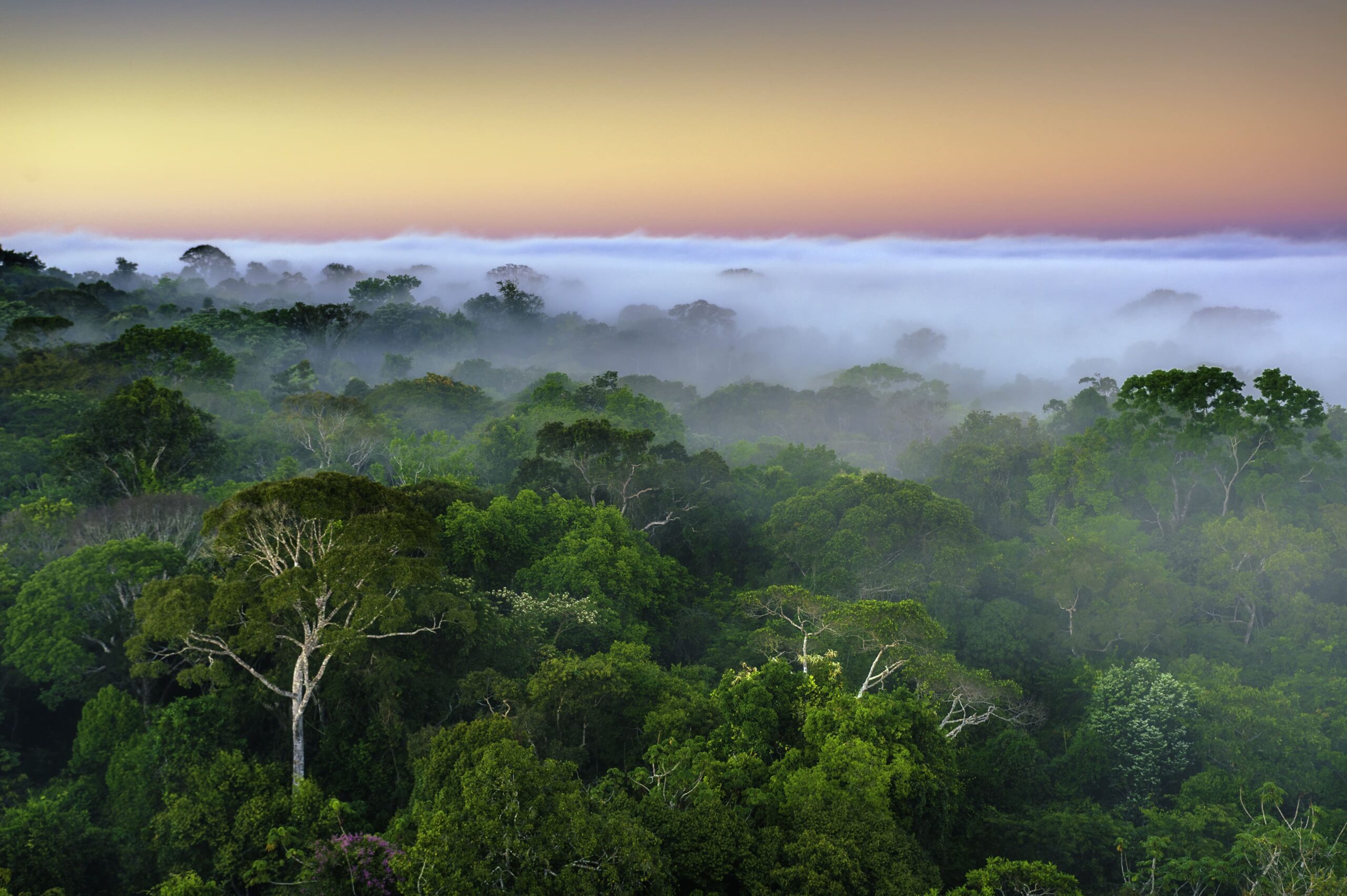O clima vem assustando a todos, principalmente os jovens. Hoje existem termos novos, como “ansiedade climática” e “ecoansiedade”, que derivam da falta de perspectiva de futuro ou, pelo menos, de um futuro sadio. Entre a juventude, o sentimento é uma mistura de raiva dos tomadores de decisão, medo do futuro e culpa cada vez que desejam algo que pode afetar ainda mais a qualidade de vida planetária.
O símbolo máximo dessa tendência é, sem dúvida, Greta Thunberg, a jovem que vem alertando os líderes dos países para tomarem uma posição efetiva em relação às emissões de gases e priorizarem escolhas sustentáveis. Greta está em Glasgow, na Escócia, para a Conferência das Nações Unidas sobre Mudanças Climáticas, a COP 26, e representará os que já perceberam a gravidade da situação. Os ambientalistas têm consciência há muito da severidade dessas questões, mas até pouco tempo eram solitários. Hoje não se questiona mais a importância das mudanças climáticas, mesmo porque estamos sentindo seus efeitos com chuvas torrenciais ou estiagens prolongadas, tufões, nuvens de poeira e outros fenômenos que antes eram esporádicos ou inexistentes e agora ocorrem cada vez com maior frequência e intensidade.
Porém, a espécie humana reage de maneira diferente das demais. Segundo George Monbiot em artigo recente para o The Guardian, algumas espécies migram ou hibernam para se protegerem do frio no inverno, mas o ser humano tende a criar situações que melhoram suas condições sem refletir, mesmo tendo a capacidade de o fazer, e quando algo assusta, como é o caso das mudanças climáticas, por exemplo, “camufla” a realidade e busca uma distração, como sair às compras ou viajar para não mais pensar no assunto. Cria uma falsa noção de que se fosse realmente perigoso alguém já teria alertado e tomado providências. Assim, deixa de tomar decisões, o que no correr do tempo agrava ainda mais os problemas em curso.
O que acontece agora é que a maior parte dos sistemas do planeta está no seu limite e quando um é agredido, outros são afetados em cascata. O fato de tudo estar interligado nunca esteve tão claro. Exemplos incluem o desmatamento da Amazônia e do Cerrado, que já mudou o sistema hídrico do restante do Brasil, causando chuvas intensas ou falta de água em muitas partes do país.
Mesmo com dados científicos que comprovam determinados fatos, há uma dificuldade de percebermos que são os nossos atos os responsáveis pelas consequências que estamos experimentando. Assim, a agricultura inconsequente contamina lençóis freáticos com agrotóxicos, rios e mares recebem dejetos infindáveis, inclusive plásticos, que em breve serão mais numerosos do que peixes. Esses são apenas alguns exemplos de ações insustentáveis da humanidade.
William Rees, um dos “pais” dos cálculos das pegadas ecológicas, há anos chama atenção para as “ilusões” que temos em relação a determinadas questões que nos ajudam a adiar decisões. São elas: (1) a tecnologia é capaz de nos salvar, (2) o aumento populacional não afeta a qualidade de vida no planeta e (3) o crescimento econômico pode ser ilimitado. Sua conclusão é que países muito desenvolvidos consomem recursos naturais além do tamanho de seu território e do que seu meio ambiente é capaz de fornecer. Por isso, “invadem” e extraem de outros locais do mundo, acirrando as desigualdades sociais e explorando a natureza onde ela é mais exuberante.
Mas, é chegada a hora de deixarmos de responsabilizar uma esfera específica da sociedade, seja científica, governamental, jurídica, empresarial ou outra que não a nossa. A responsabilidade precisa não mais ser de outrem, deixando de sermos alheios às decisões do que precisa ser feito. É preciso uma mudança estrutural. E é essa a grande angústia dos jovens que já perceberam que não se pode adiar a proteção da vida no planeta Terra, agora seriamente ameaçada.
O momento é agora e os jovens sabem disso. Greta acaba de declarar que se sente “traída”, às vésperas da COP 26. E ela não está sozinha. O Washington Post tem trazido inúmeras matérias sobre a ansiedade climática ou ecoansiedade. Em algumas entrevistas com jovens obteve respostas como: “não vamos morrer de velhice – vamos morrer de mudanças climáticas”, ou “por que estudar para um futuro que não teremos?” ou ainda “minha vida seria melhor sem os riscos das mudanças climáticas”.
Um estudo recente realizado pela Universidade de Bath e financiado pela Avaaz envolveu 10 mil jovens entre 16 e 25 anos e revelou que 75% acham o futuro assustador e 45% sentem angústia e ansiedade climática. O governo brasileiro foi o pior avaliado no que se refere a ouvir os jovens, enquanto o finlandês e o indiano se destacaram como os melhores. A juventude não acredita que os governantes se importam e acham que não priorizam as decisões que reduziriam os riscos das crises climáticas que ameaçam o futuro. Manter a temperatura do planeta estável precisa ser tema tratado como urgência máxima para toda e qualquer escolha feita, principalmente na redução do uso de combustíveis fósseis. Mas a angústia aumenta porque a surdez permanece.
Monbiot aponta o que leva o cérebro humano a adiar tudo o que o incomoda e criar mecanismos que o ajudam a ignorar aquilo com a qual não sabe lidar. Acata informações manipuladas que são repassadas por líderes políticos ou por grandes empresas em suas propagandas e meios de comunicação dominados por interesses econômicos.
Neste cenário nos deparamos com um imenso desafio: não fomos criados para sermos questionadores. Muito ao contrário, ser cordato, obediente, passivo sempre tem sido incentivado há séculos ou milênios. Não crescemos com incentivos a sermos críticos para percebermos o que se passa e a história nos mostra que temos a tendência de não irmos contra aquilo que a maioria aceita como certo. Foi assim que o nazismo de Hitler prosperou, é como os negacionistas das ciências e líderes populistas se popularizam, e que o sistema capitalista de consumo desenfreado seduz e se propaga como um bem a ser alcançado por todos. Há uma ilusão disfarçada que, segundo Monbiot, só poderia ter solução com total desobediência. Uma ruptura radical com os sistemas estabelecidos.
Mas, ao contrário da tendência de passividade, a juventude atual tem mostrado um lado de ativismo inovador e surpreendente. Não é justo que esperemos dos jovens soluções que não fomos capazes de assumir. Mas, pelo menos que eles nos inspirem a trazer respostas para suas angústias com o respeito que merecem.
Como disse John Lennon certa vez: “Há duas principais forças motivadoras: medo e amor. Quando estamos com medo, nos retraímos da vida. Quando estamos apaixonados, nos abrimos para tudo o que a vida tem a oferecer”.
Não creio que o medo tem levado os jovens de hoje, as Gretas mundo afora, a se retraírem. Demostram raiva pelos adultos inconsequentes, é verdade, mas também amor pela vida, pelo planeta. Expressam a vontade eminente de buscar soluções.
Kate Raworth, economista que propõe a economia “donut” (ou rosquinha), percebeu os limites do planeta e como a humanidade deveria cooperar para que nem a pobreza e nem a riqueza em excesso ultrapassem os limites que ameaçam o que o sistema vivo da Terra suporta e pode suprir. Ela prega a cooperação e não a disputa entre os setores governamentais, empresariais e da sociedade civil. Cada um tem responsabilidades próprias que precisam ser assumidas para oferecerem à coletividade o que é necessário, mas sempre de forma conjunta. Ou seja, é no tripé desses setores que está a solução, pois se só o governo prevalecer, teremos um regime autoritário; se o setor privado for o único a ditar as regras, as necessidades socioambientais ficam a deriva; e se a sociedade civil estiver só, não alcança a escala que suas iniciativas precisam para fazer as diferenças necessárias. É na cooperação entre todos os setores que se encontram as soluções para problemas coletivos.
São muitos os exemplos de sucesso que derivam da integração das esferas de decisão. Na saúde de São Paulo, por exemplo, Roberto Kikawa (infelizmente não mais entre nós faz alguns anos) revolucionou o Sistema Único de Saúde quando se juntou ao governo estadual para implantar unidades de atendimento com alto padrão e eficiência, contando também com apoio de empresas ligada à saúde. Em termos da proteção da água, Extrema (MG) passou a ser modelo ao mostrar ser possível manter os mananciais produzindo água em abundância com a participação dos governos local e estadual e proprietários de terras, por meio de Pagamentos por Serviços Ambientais, os PSAs, mecanismo que os compensa por reflorestarem, protegerem suas florestas em locais de nascentes e mananciais.
Na própria educação ambiental, o Pontal do Paranapanema tornou-se uma região pioneira ao adotar oficialmente temas ligados à educação socioambiental em seu conteúdo programático, envolvendo a diretoria de ensino estadual, os diretores de escolas e o corpo docente, juntamente com uma organização sem fins lucrativos, o IPÊ – Instituto de Pesquisas Ecológicas. O destaque tem sido a valorização do meio ambiente e da biodiversidade regional, sempre com apoio de comunidades locais e alternativas sustentáveis de renda, que ajudam os menos privilegiados a terem uma vida digna com iniciativas que favorecem a natureza. Em outra região do país, na Amazônia, o IPÊ firmou parceria com uma empresa, Grupo Martins, que com um barco escola implanta um programa fluvial para capacitar e envolver populações ribeirinhas do Baixo Rio Negro, em programas socioambientais variados que visam melhorar as condições sociais e beneficiar a proteção da riqueza natural local. Nesses exemplos se evidenciam ganhos coletivos e créditos compartilhados. Todos colaboram de forma integrada para se chegar a um resultado almejado.
Como minimizar a angústia climática ou o ecoansiedade?
O tema é novo e por isso vai exigir cuidados com auxílio de profissionais da Psicologia e outras áreas do conhecimento. O mais importante é sair da zona de conforto e empoderar todos à ação. Todavia, esse é um enorme desafio, pois teremos que sair da passividade e romper com a inércia. Precisamos ser desobedientes, como sugere Monbiot, pois a urgência bate à nossa porta. Temos que corresponder à angústia dos jovens, que precisa ser nossa também.
Em geral descobrimos nossa força interna quando somos capazes de fazer algo que nos permite perceber nossa capacidade de realização. Cada um de nós tem algum talento, mesmo que nem sempre aparente ou bem explorado, mas que pode ser utilizado para transformar realidades indesejadas em situações melhores. Começar pequeno não quer dizer que o que fizermos é pequeno, pois muitas vezes é o incentivo para que passemos a acreditar em nós mesmos e nos preparar para algo maior.
Um bom exemplo entre jovens é o movimento chamado Engajamundo, que começou com uma jovem, Raquel Rosenberg, convencida de que a ONU não a representava por estar defendendo o que não fazia sentido para ela. Acabou sendo convidada a ir a COP de Paris, em 2015, para expor suas ideias, o que fez com qualidade e coragem. Hoje são centenas ou milhares de jovens ligados por ideais comuns. É o mesmo princípio da jornada da Greta – acreditar na força da expressão e ter coragem de ir contra a corrente. É sair da inércia da aceitação que emudece.
A educação ambiental pode, sem dúvida, ser um caminho, porque leva o educando (ou deveria levar) a refletir sobre o que quer que permaneça e o que precisa ser mudado. Como preconizou Bill Stapp em 1977, quando ajudou a estruturar o que seria o campo da educação ambiental em Tbilisi, então União Soviética, a resolução de problemas é uma forma de engajamento. Só queas mudanças climáticas são um problema monumental que ultrapassam fronteiras e exigem a integração de diferentes saberes e muita colaboração, como propõe Kate Haworth em sua economia “donut”.
Sendo assim, a educação ambiental não pode caminhar só. Precisa de todos os setores e segmentos sociais unidos por ideais que visam a proteção da vida no planeta, seja humana ou de outras espécies e elementos da natureza. Aliás, esse desafio só parece ter chance de ser enfrentado se todos os campos estiverem juntos, integrados, coesos. John Lennon tem razão quando defende que é no amor que nos abrimos para as questões do mundo. Devemos trilhar um caminho educacional pautado no amor à vida, no “reencantamento” por toda a teia da qual fazemos parte e dependemos, despertando para a interconexão e para a vontade de contribuir para salvar o planeta, nossa Gaia, nosso lar.
Gostaria de agradecer a Paula Piccin, que sempre lê e sugere melhoras nos meus artigos. Agradeço também os valiosos palpites da Dorothea Werneck, amiga antenada para todas as tendências que podem trazem benefícios para o planeta.
 Para atuar muito mais próximo aos produtores da área rural do Espírito Santo, o projeto “Educação, Paisagem e Comunidade”, selecionou quatro moderadores jovens, que têm um papel de criar articulação entre as ações do projeto e os moradores dos assentamentos. Os moderadores também são assentados rurais e suas famílias são produtoras na região, dos assentamentos Rosa de Saron (em Águia Branca) e Boa Esperança, Laje e Beija-Flor (em Alto Rio Novo).“Temos o papel de mediar informações entre o IPÊ e os assentados que participam do projeto, com uma linguagem que as pessoas consigam entender. Sou como um fio entre o instituto e o assentamento. Quando se tem alguém que é morador de assentamento, conversando a mesma língua do assentado, isso motiva as pessoas”, comenta Elisa Marins Maciel (foto), estudante de veterinária de 21 anos, do assentamento Rosa de Saron.
Para atuar muito mais próximo aos produtores da área rural do Espírito Santo, o projeto “Educação, Paisagem e Comunidade”, selecionou quatro moderadores jovens, que têm um papel de criar articulação entre as ações do projeto e os moradores dos assentamentos. Os moderadores também são assentados rurais e suas famílias são produtoras na região, dos assentamentos Rosa de Saron (em Águia Branca) e Boa Esperança, Laje e Beija-Flor (em Alto Rio Novo).“Temos o papel de mediar informações entre o IPÊ e os assentados que participam do projeto, com uma linguagem que as pessoas consigam entender. Sou como um fio entre o instituto e o assentamento. Quando se tem alguém que é morador de assentamento, conversando a mesma língua do assentado, isso motiva as pessoas”, comenta Elisa Marins Maciel (foto), estudante de veterinária de 21 anos, do assentamento Rosa de Saron.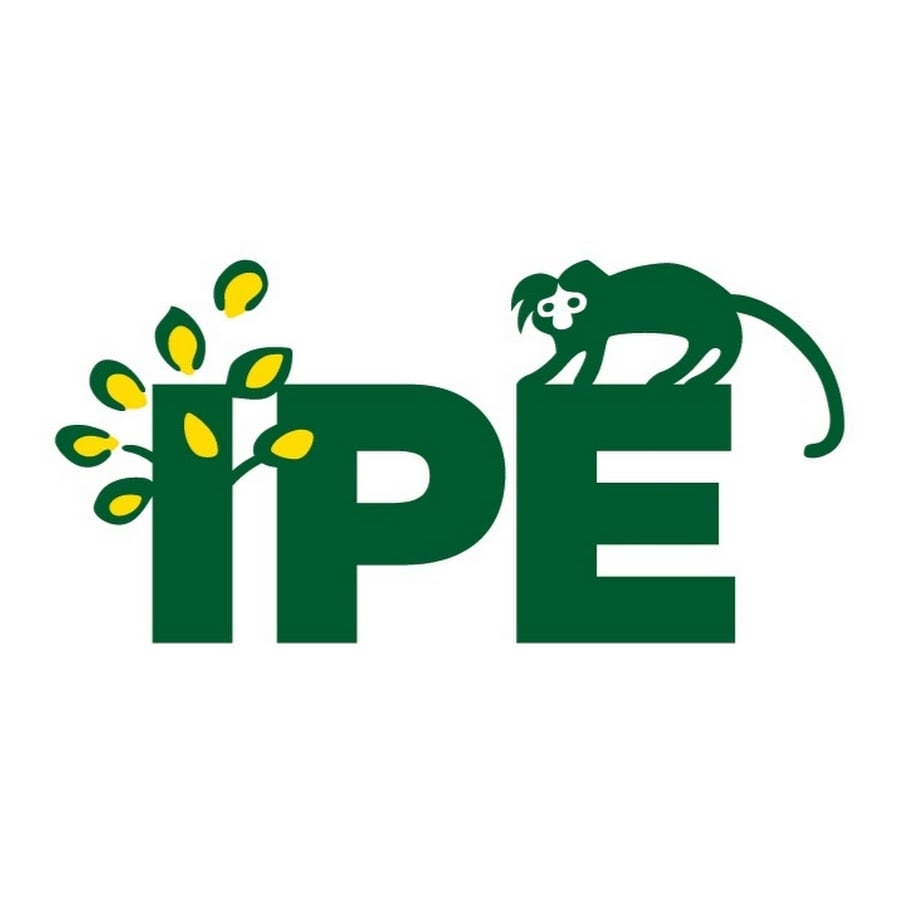
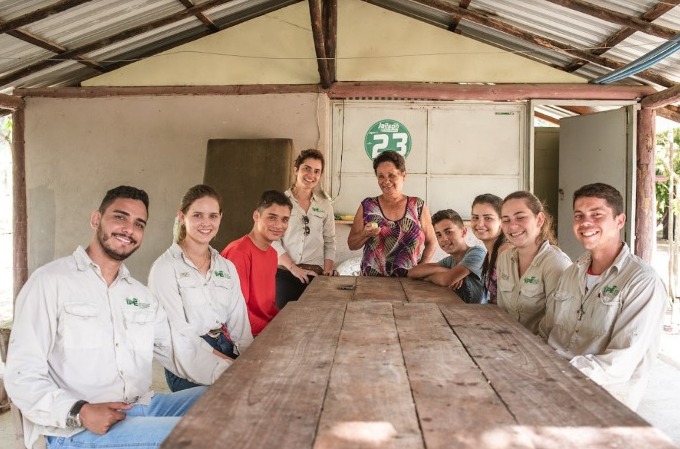
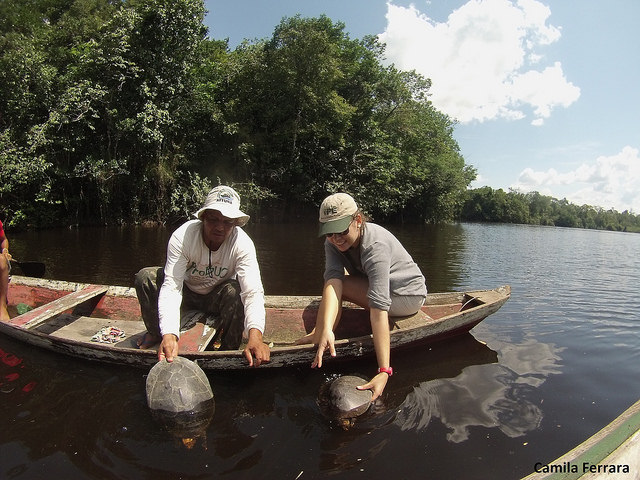

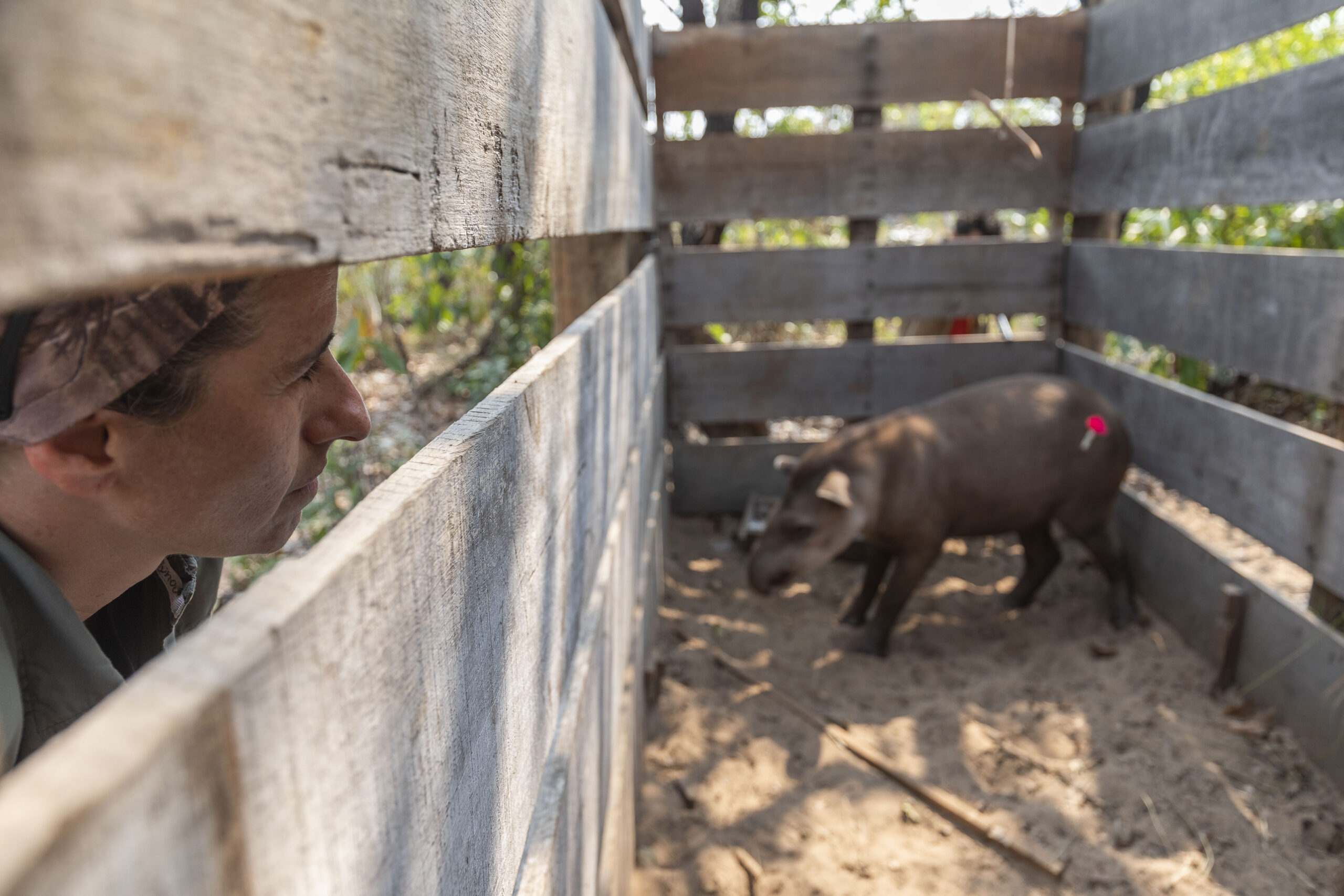
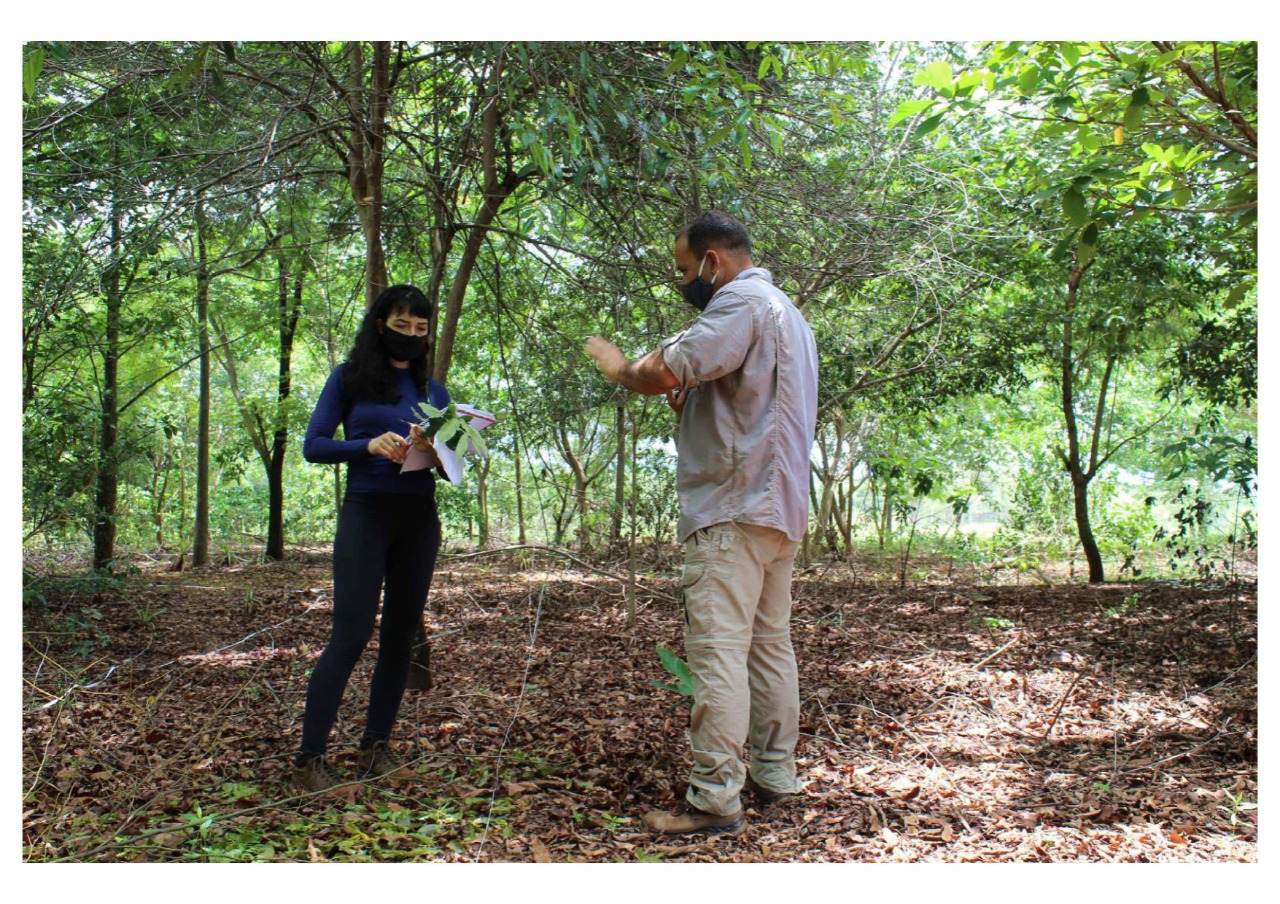
 Evidências científicas sobre os benefícios das áreas com Sistemas Agroflorestais (SAFs) para o meio ambiente e a segurança alimentar estão entre os objetivos da pesquisa desenvolvida por Vitória Duarte Derisso, mestranda da Escola Superior Luiz de Queiroz (ESALQ), com acompanhamento de Haroldo Borges, pesquisador no IPÊ – Instituto de Pesquisas Ecológicas e de Aline Souza, extensionista do Instituto. “A expectativa é a de que os dados possam fortalecer os produtores de SAFs e ainda incentivar a implementação dos SAFs nos assentamentos em que eles até o momento não estão presentes”, comenta Vitória.
Evidências científicas sobre os benefícios das áreas com Sistemas Agroflorestais (SAFs) para o meio ambiente e a segurança alimentar estão entre os objetivos da pesquisa desenvolvida por Vitória Duarte Derisso, mestranda da Escola Superior Luiz de Queiroz (ESALQ), com acompanhamento de Haroldo Borges, pesquisador no IPÊ – Instituto de Pesquisas Ecológicas e de Aline Souza, extensionista do Instituto. “A expectativa é a de que os dados possam fortalecer os produtores de SAFs e ainda incentivar a implementação dos SAFs nos assentamentos em que eles até o momento não estão presentes”, comenta Vitória. 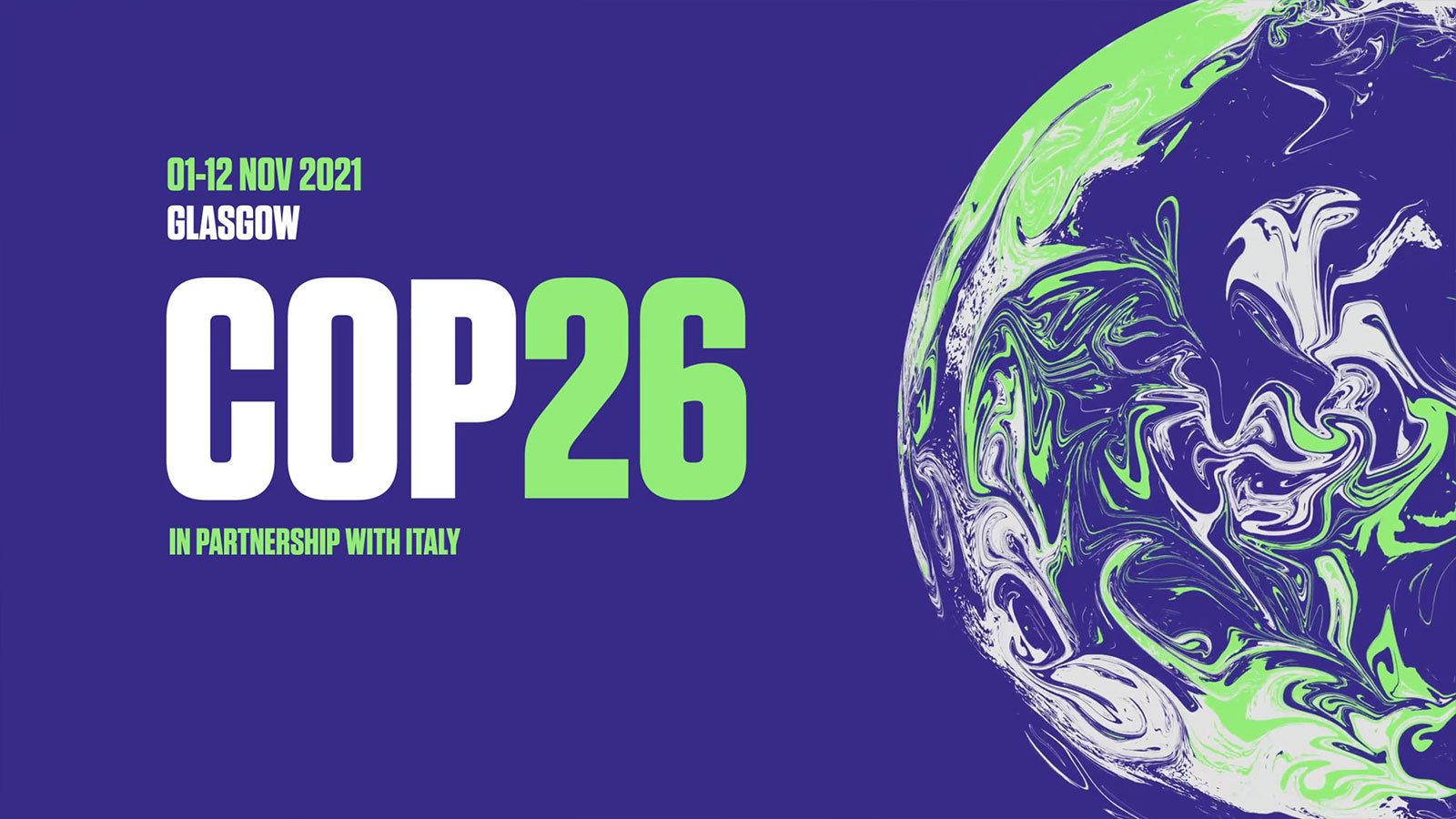

 A marca carioca Cantão é a mais nova parceira do IPÊ em uma coleção especial da iniciativa Mais Amor, Por Amor. A linha solidária de camisetas, que reverte 100% dos lucros para o Instituto, tem como estampas 06 desenhos inspirados em espécies em extinção. Entre as ilustrações, estão a onça-pintada, o tamanduá-bandeira, o mico-leão-preto e árvores da Mata Atlântica.
A marca carioca Cantão é a mais nova parceira do IPÊ em uma coleção especial da iniciativa Mais Amor, Por Amor. A linha solidária de camisetas, que reverte 100% dos lucros para o Instituto, tem como estampas 06 desenhos inspirados em espécies em extinção. Entre as ilustrações, estão a onça-pintada, o tamanduá-bandeira, o mico-leão-preto e árvores da Mata Atlântica. pensamos na iniciativa Mais Amor, Por Amor, em 2021, a nossa ideia é a de ser esse agente que conecta pessoas e ONGs, dando mais visibilidade e potencializando causas importantes”, explica a coordenadora de comunicação do Cantão Tatiana Giglio. Com iniciativas semelhantes, a marca já apoiou em 2021 outras cinco ONGs brasileiras, com causas diversas como saúde, sustentabilidade e diversidade.
pensamos na iniciativa Mais Amor, Por Amor, em 2021, a nossa ideia é a de ser esse agente que conecta pessoas e ONGs, dando mais visibilidade e potencializando causas importantes”, explica a coordenadora de comunicação do Cantão Tatiana Giglio. Com iniciativas semelhantes, a marca já apoiou em 2021 outras cinco ONGs brasileiras, com causas diversas como saúde, sustentabilidade e diversidade.
